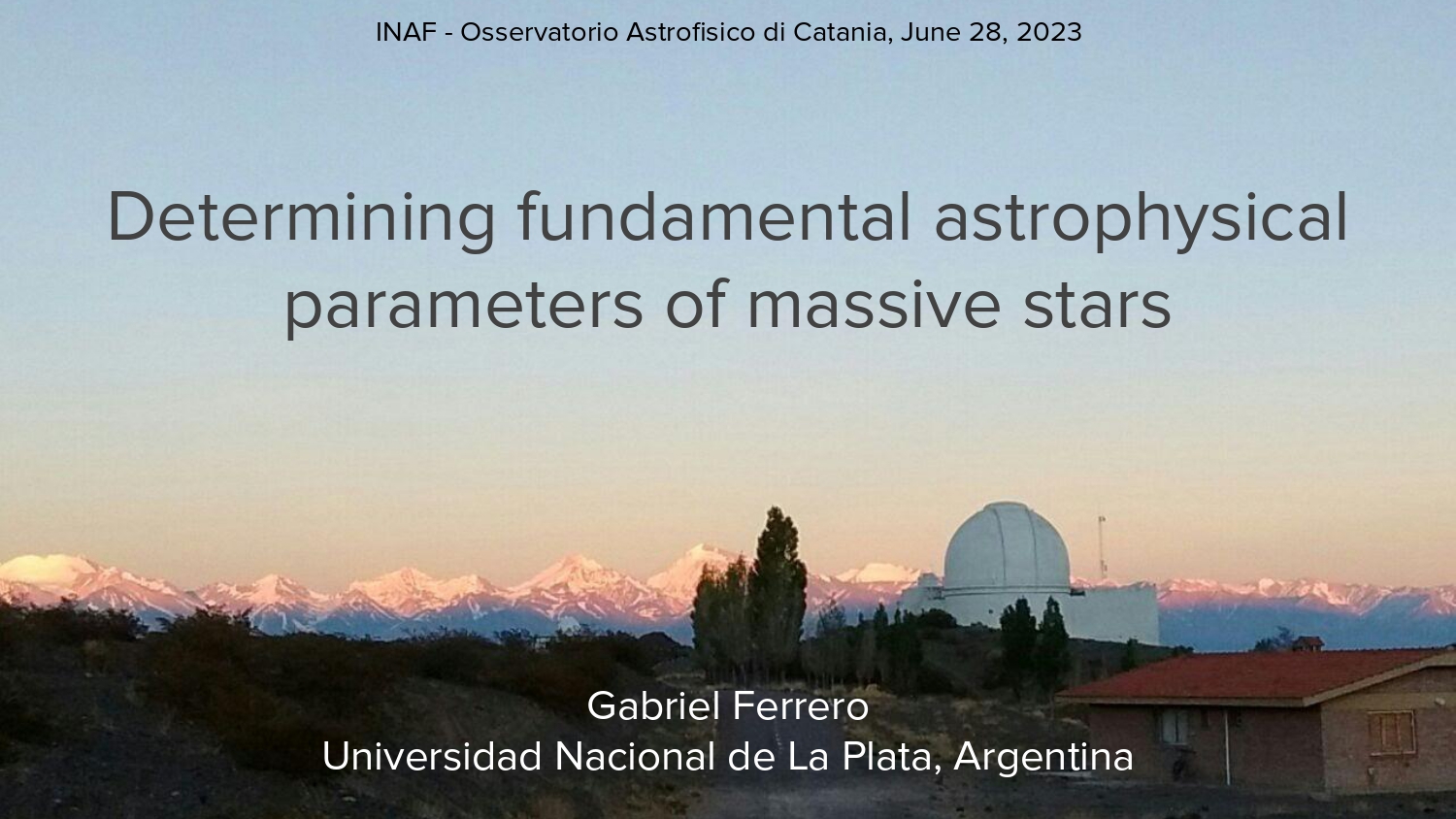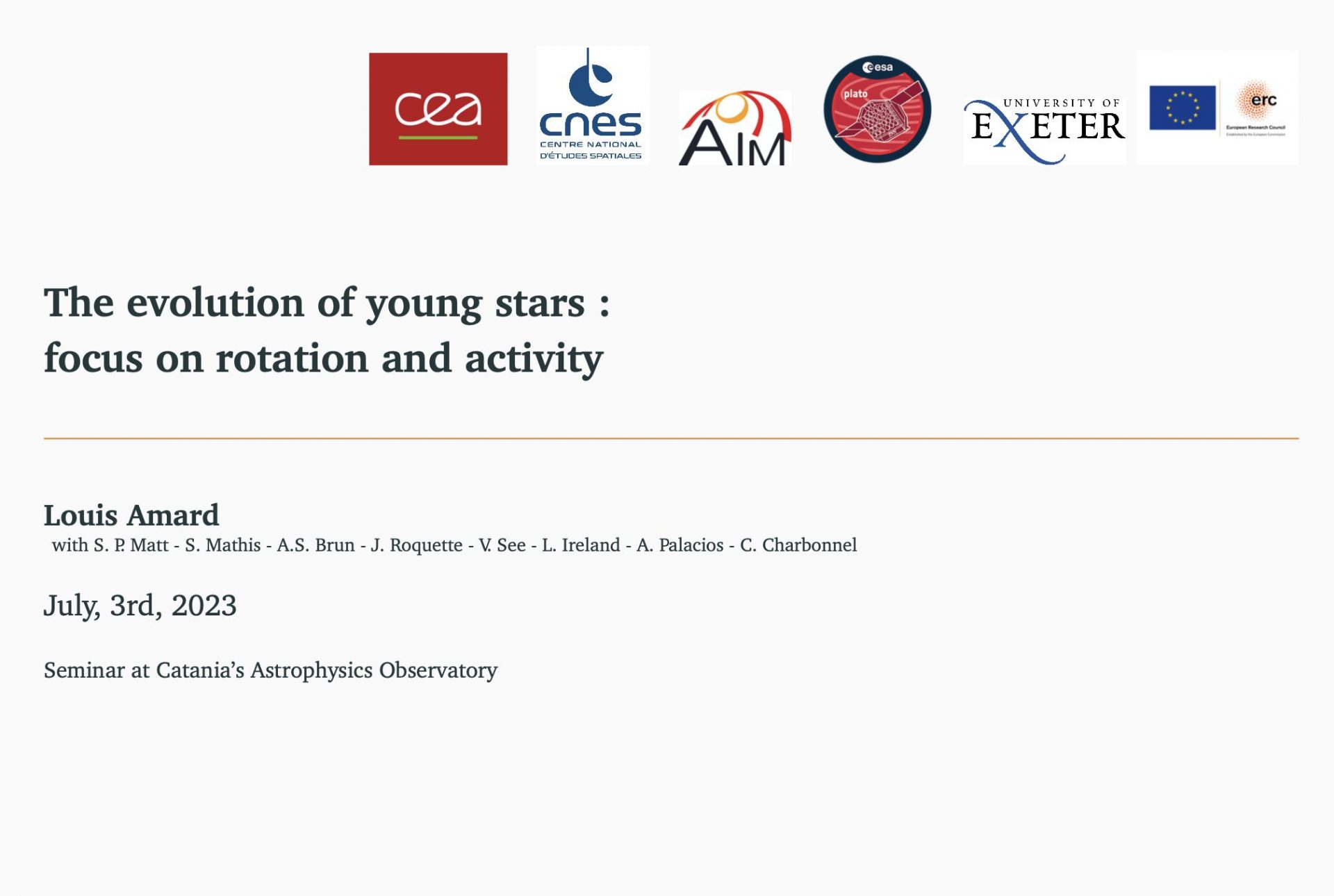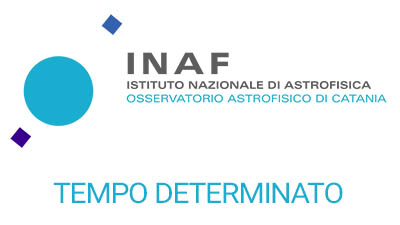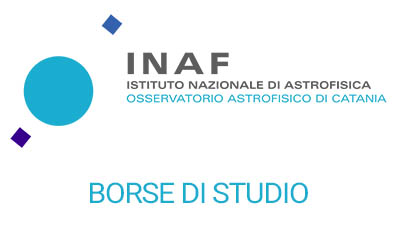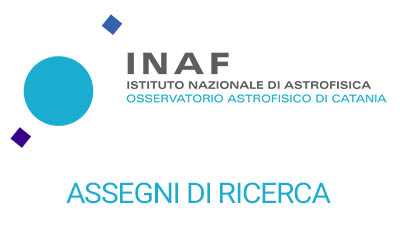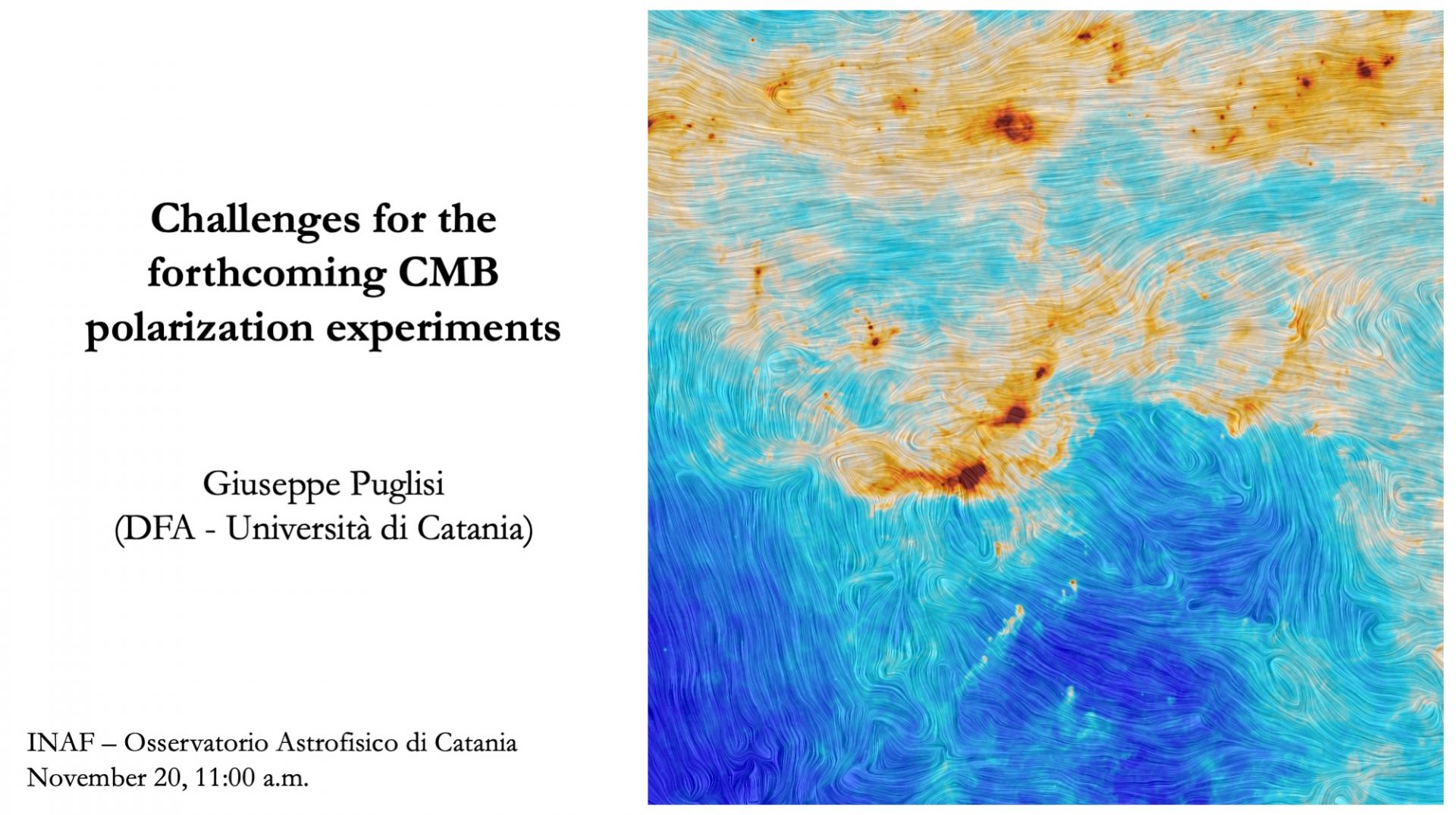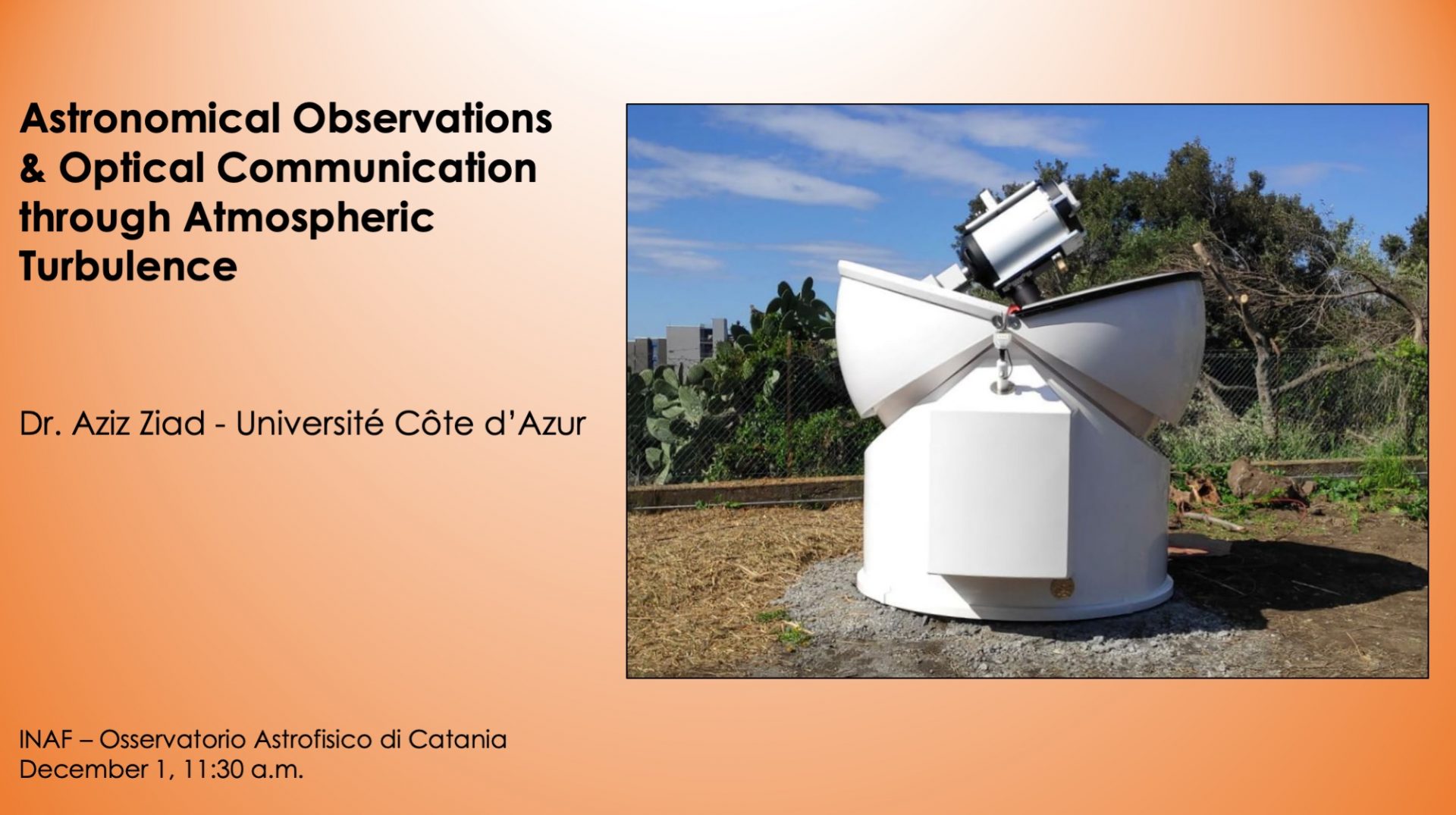Determination of fundamental stellar parameters on massive stars
Sede A. Riccò Via Santa Sofia 78, CataniaMassive stars (i.e. the progenitors of core-collapse supernovae) are quite scarce, but play a crucial role in several important astrophysical phenomena, as for example, the chemical evolution of their host galaxies. Even so, their fundamental stellar parameters (as mass, radii, temperature and luminosity) are poorly known. This relates to important uncertainties about their formation processes, structure and evolution. We are attempting to face this challenge at the research group GEMAE (Grupo de investigación en Estrellas Masivas y Agrupaciones Estelares) at the University of La Plata, together with collaborators in Chile and Spain. We rely mainly on high-quality and high-resolution spectroscopic data collected by 18 years by the OWN Survey of the O-type and WN-stars in the Southern hemisphere. In this talk I will outline the work that we are developing at GEMAE, focusing on determinations of masses of close binary stars by spectroscopy and photometry in the optic and near-infrared bands.
